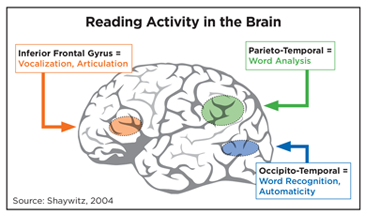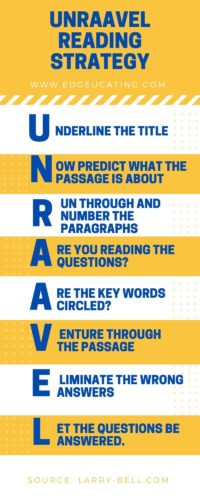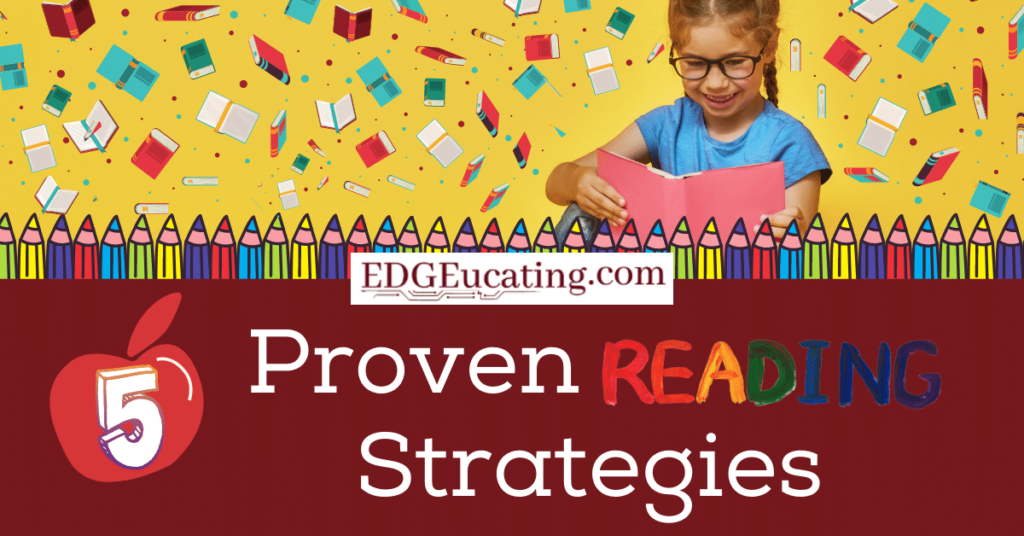What is a “struggling reader“?
When you hear “struggling reader,” you might think of someone who can’t sound out words or doesn’t understand what they’re reading. Reading is tricky, and it’s even harder when a middle schooler still doesn’t have basics like phonemic awareness. So what does “struggling reader” actually mean? According to Phonicbooks, it’s a child who has trouble learning to read—maybe because of speech problems, learning differences, learning English later, or poor reading lessons before. These kids often don’t want to read, feel like they’re behind, and experience low self-esteem.
The Brain and Reading Skills
Wolfe and Nevills describe the brain’s reading system like a hierarchy. At the top are big-thinking skills—understanding meaning, putting words into sentences, and connecting ideas. At the bottom are decoding skills: reading the sounds and letters. All those systems have to work together so someone can read fast and understand what they read.

In an article written by Houghton Mifflin Harcourt they discuss the following related to the patterns of a reading brain versus the brain of a struggling reader. While reading as a process is consistent, no two brains look exactly the same during reading. However, the patterns that emerge when we study the brains of strong readers tell us that reading and language are in a reciprocal relationship. This is illustrated in the image.
My Own Journey with Teaching Struggling Readers
Middle school reading teachers are often not equipped with the necessary skills to handle these types of reading difficulties. They can feel lost and defeated before they even attempt to solve the problem. What if I told you that I have experienced this very issue?
I remember feeling lost. In my second year as a 5th‑grade reading teacher, I had a student who tested lower than kindergarten level on his first day. I panicked—how do you teach someone who hasn’t even learned letters yet? On top of that, roughly 35% of my students were reading 1-2 years below grade level. This was a huge number of students who weren’t ready for 5th grade. How was I going to get these students where they needed to be before the end of the year (by state testing time)?
I turned to professional development, and still felt stuck. But I finally tried five reading teaching strategies that changed everything. By the end of the year, my struggling readers had record scores—and I was celebrated by the superintendent!
5 Reading Strategies That Work!
Here are the five teaching strategies I used. They helped students grow in reading—and they work for virtual learning as well. Not to mention, they are much simpler than you might think!
1. Abeka Phonics: Abeka Handbook For Reading
I started with the Abeka Handbook for Reading for daily phonics lessons. For my student who was pre-primer level, I worked 20–30 minutes every day on letter sounds and phonics charts—helping him catch up fast.
Writing task idea: After a phonics session, students write three words they found tricky and how they figured them out.
2. Teaching Word Parts (Roots and Prefixes)
Instead of memorizing vocab, I taught Greek and Latin roots. I’d write a super long word on the board and ask students to figure it out without a dictionary. Once I broke it into root parts, their eyes lit up!
I used Mastering Vocabulary from Teacher Created Resources to test their root knowledge. At first, they stumbled—but pretty soon, reading got easier and confidence soared.
Writing task idea: Give students a made-up word with roots and ask them to break it down and write what they think it means. The Mastering Vocabulary book actually gives you activities like this to use.
3. Analogies for Critical Thinking
Comprehension, making inferences, and critical thinking all improved when I taught analogies. I used books like Analogies for Critical Thinking and Unlocking Analogies.
Students began seeing how words and ideas connect. That made their reading—and their thinking—much stronger.
Writing task idea: Let students create their own analogies or explain why one works—that shows deep thinking and writing clarity. Again, these books offer these types of activities.
4. Outlining to Show Understanding
Outlining helped with main ideas, details, and comprehension. I used Outlining Made Simple for guided outlines. We outlined a third‑grade book together so everyone could follow along.
Then, each student picked a book at their reading level and filled out an outline book report every grading period. The librarian and I helped them along the way.
Writing task idea: Have students outline their own book report—this shows their comprehension of the story.
5. UNRAAVEL Strategy (Larry Bell’s Method)

UNRAAVEL taught them to read with purpose: underline, note, and answer carefully. We used the Paired Passages workbooks to help compare and contrast. At first, it was hard—students didn’t want to do all the steps, and I even d
educted points if they skipped them. But once they got it, they loved it.
Writing task idea: Ask students to write which part of UNRAAVEL helped them most and why.
That was my master plan, and it worked! I took reading back to the basics by asking myself what skills I felt helped me most in school. Then, I slowly perfected those skills and teaching strategies for them. These strategies are all backed up by research and widely used in various ways. Check out this article from Edutopia about supporting struggling readers. The problem I found was that nothing translated to “how to” for me as a teacher, which is why I created my own!
Confidence Counts
Always make students feel safe and smart. Differentiate without making them feel different!
Give everyone the same final assignment, even if the reading itself is tailored. I used Differentiated Nonfiction Reading from Teacher Created Resources, so all students had similar-looking assignments—just on different levels.
Additionally, with the book reports I mentioned earlier, I had students choose a book on their reading level to differentiate. The remainder of the assignment was identical to what the rest of the class was doing.
These minor adjustments to my teaching strategies made them feel like part of the class and “normal,” and they worked twice as hard.
Make It Fun with Robots: Bee Bot, KaiBot & Blue Bot
Robots aren’t just for coding—they’re powerful tools for reading and writing, too! Later on, I learned that a great teaching strategy that builds confidence while taking student engagement to new heights is coding.
Coding robots like Bee Bot, KaiBot, and Blue Bot are great for developing computational thinking and bring teaching strategies to life, especially for students who need inquiry based learning.
-
Bee Bot helps students sequence a story by programming the robot to move through the beginning, middle, and end. They write simple directions—“forward 2, turn right”—to show they understand story structure.
-
KaiBot can be used in person or online. Students give commands through coding cards or the app, building sequencing and vocabulary while practicing clear, purposeful communication. If you are using the cards, I suggest having students write out their coding directions.
-
Blue Bot connects via Bluetooth and works seamlessly with your Blue Bot Curriculum — each volume is a set of 20 cross-curricular lessons. Throughout the lessons, students follow your guided tasks, explain directions, and troubleshoot with logical reasoning. It’s a perfect way to show comprehension, structure ideas, and write clearly across subjects. This curriculum also works with the Bee Bot.
Coding robots turns reading into movement and writing into action—building confidence, computational thinking, and deeper understanding, while making learning seriously fun. Not to mention, the robots mentioned here require NO PREVIOUS CODING SKILLS!
Why Robots Make Reading & Writing Stronger
-
Writing clarity: Turning thoughts into precise instructions helps students choose the right words—showing both reading understanding and writing skill.
-
Student Engagement: Kids love robots. That excitement helps them stay motivated and confident—an essential piece of any teaching strategy.
-
Computational Thinking: Using robots in reading and writing lessons naturally brings in computational thinking—the process of breaking problems into smaller steps, spotting patterns, creating step-by-step solutions (algorithms), and testing or improving them. When students plan robot movements to match a story sequence or answer comprehension questions, they’re not just following directions—they’re analyzing, predicting, and evaluating outcomes. This problem-solving mindset strengthens critical thinking, which builds stronger readers who can connect ideas, reason through complex texts, and approach challenges in every subject with a more strategic, solution-focused mindset.

The Results: After One Year
By year’s end, my pre‑primer student jumped up to 3rd‑grade level—four years of growth in one year! Most of my class was at or above grade level, and even my students with true learning disorders made big gains. The superintendent praised the results, and that year changed me forever.
Additional Teaching Resources I used
Here are a few other products that I used—and still recommend:
These teaching resources are solid, classroom-tested tools that work with the teaching strategies I shared.
Why These Strategies Work Together
Reading isn’t just one skill—it’s a mix of fluency, vocabulary, comprehension, and confidence. My five strategies build all of those: phonics, roots, thinking, structure, and focus. Add confidence-building and student engagement tools like robots, and learning really takes off!
Reading is a multifaceted process that develops only with practice. According to k12reader.com, there are certain aspects of reading, such as fluency and word recognition, which can be learned in a few years. These basics must be mastered, but at the same time, reading comprehension should be emphasized in the process. Students can parrot words on a page all day long but if they don’t have the necessary comprehension skills they will not be able to make predictions about what will happen next, monitor their understanding of content, sequence or characters, clarify confusing parts of the text, or connect what they’re reading to their own experience or prior knowledge. And that is what true comprehension is all about.
This is why my strategies incorporate all of these mentioned areas. One cannot be truly successful without the other.
Want to Share?
Tell me—what teaching strategies and/or resources, ideas, or stories do you use with your students? Let me know! Drop a comment, and don’t forget to subscribe to our newsletter for more tips on student engagement, teaching strategies, project-based learning, and fun educational technology tools.


